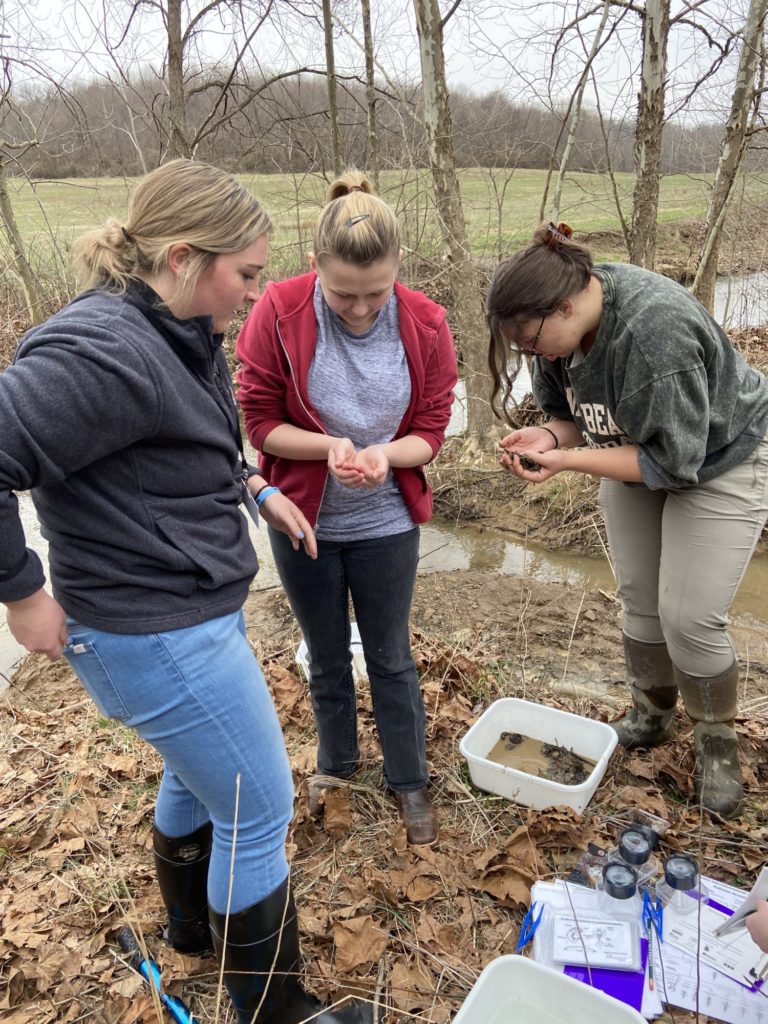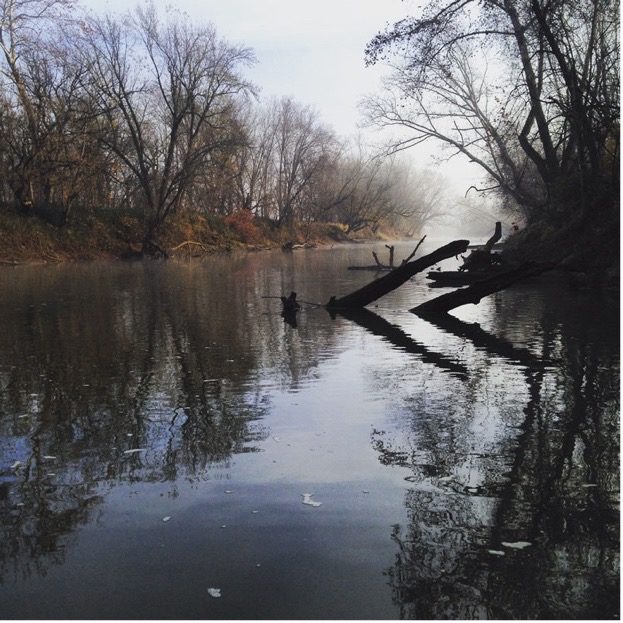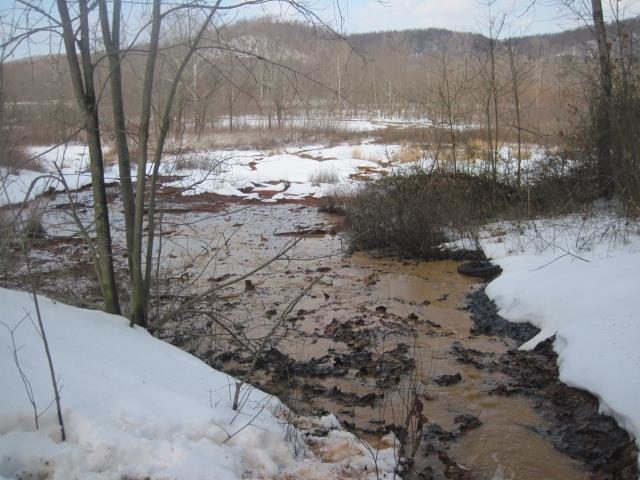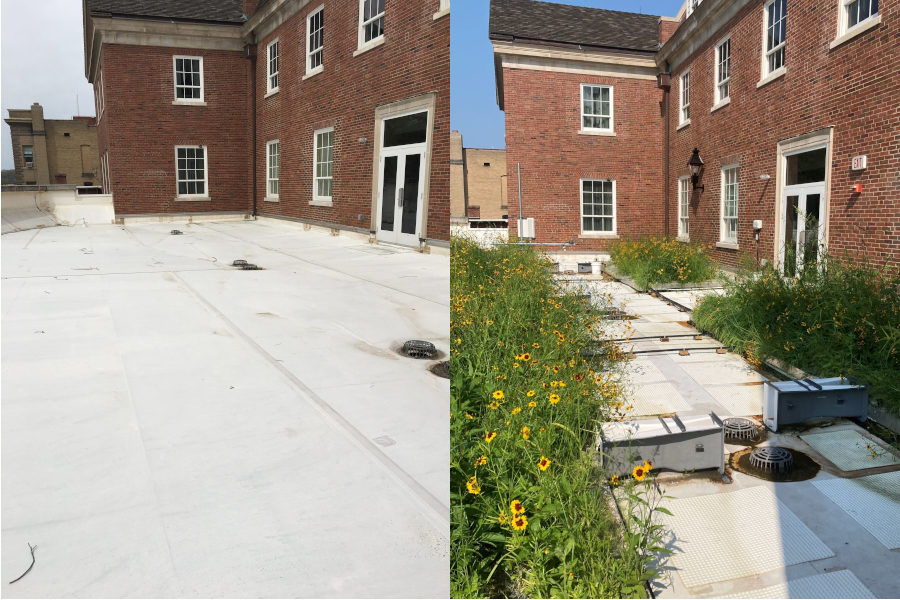STEM educators can look to a new website for free, hands-on activities and online lessons and resources that emphasize southeastern Ohio’s Appalachian region. The Appalachian STEM Enrichment Academy (http://www.appalachianstemacademy.org/) offers virtual hands-on STEM learning opportunities and career track development for K-12 students. The lessons can be utilized by teachers, after school groups, summer camps, parents/grandparents/caregivers and students. The lessons follow a “5E instructional model” that stresses engagement, exploration, explanation, elaboration and evaluation. A team of faculty and professional staff and students at the Voinovich School of Leadership and Public Service at Ohio University, along with external partners and subject matter experts, put together the presentations, which include career tracks in areas such as water, energy, environmental remediation, technology and sustainability. In-person classroom presentations can be provided. Funding is provided by the Voinovich School, the PORTSfuture Program funded by the U.S. Department of Energy Office of Environmental Management, the American Electric Power Fund of the Columbus Foundation, and Constellation. To learn more about the Appalachian STEM Enrichment Academy, we contacted Jen Bowman, director of environmental programs for the Voinovich School:
Q: Tell us about the Voinovich School of Leadership and Public Service and its connection to STEM education.

A: The mission of Ohio University’s George V. Voinovich School of Leadership and Public Service (GVS) is to provide applied, research-based solutions to challenges existing in communities, the economy and the environment while preparing the next generation of leaders for careers that serve the public interest.
The Voinovich School is an innovative catalyst for regional, state and national collective impact in the areas of entrepreneurial development, energy and environmental issues, as well as public and social engagement.
GVS provides expertise on a wide range of energy and environmental topics through its Energy and Environmental Team, including the Environmental Studies program that offers an innovative, interdisciplinary master’s program and an undergraduate certificate and promotes environmental education throughout the curriculum.
Our team’s multidisciplinary approach to energy, environmental issues and STEM education, coupled with extensive partner resources across the university, provides a strong research and STEM teaching platform for K-12 students.
There are a number of connections to STEM with our newly launched Appalachian STEM Enrichment Academy http://www.appalachianstemacademy.org/, the promotion of a citizen science volunteer monitoring program called My Backyard Stream https://watersheddata.com/Education/BackyardStreamCode.aspx, a collaboration with the Ohio STEM Learning Network’s Southeast Ohio Hub coordinator Nancy Stevens to provide professional development to area teachers interested in STEM and programming through the OHIO Museum Complex, and the organization of the Southeast Ohio Regional Science and Engineering Fair and District 12 Science Day for grades 5-12 for a seven-county region in southeastern Ohio.
Q: What experience or expertise do the faculty and staff at the school use to build STEM-based lessons for the Appalachian STEM Enrichment Academy?
A: Ohio University faculty, staff and students utilize their skills in science (hydrology, geology, wildlife biology, environmental studies), technology, engineering and math to design place-based lessons with hands-on application. All lessons follow the 5E Learning Cycle (Bybee et al. 2006; 2009), which is a leading “guided inquiry” pedagogical framework for science learning.
The framework has strong appeal because it follows our natural tendencies during learning: the cycle begins with “engagement” with an interesting situation, problem or observation. It is followed by an “exploration” of ideas and content to establish major concepts or skills. Then, students are asked to “explain,” describe or define what they are doing before they “elaborate” or apply their understanding to a novel situation. Finally, in “evaluate,” students assess their own understanding of the material and decide whether they are ready to proceed to the next level.
Applications open for STEM Rural Ohio Fellowship
Educators know that learning is at its best when students can find a personal connection to their work. The year-long STEM Rural Ohio Fellowship uses a cohort model to help members learn about, reflect upon, and inform their local STEM educational landscape.
Through the study of place-based learning, teachers will develop targeted solutions that build upon local resources and address current challenges within their own communities. Educators who complete the program will receive a $600 stipend.


Q: What sets your lessons apart from other online STEM-based sites?
A: Our lessons fall into six curricular tracks: water, energy, sustainability, engineering, remediation and technology. The lessons can be used to sequentially build critical skills for STEM careers and allow students to advance through modules at different paces depending on their existing knowledge and preferred learning mode.

Modules are designed to reinforce core 21st century skills identified by the National Research Council (2007) as important for a skilled American workforce: adaptability, complex communication/social skills, non-routine problem-solving and self-management/self-development.
Today’s students are amazingly adept at multitasking, technology, social connection and the endless subtleties of memes, music and other mementos of their current culture. However, many students struggle with skills that are foundational: the ability to read and write well, engage in problem-solving, and use basic mathematics. Many students find it difficult to filter information to identify important terms and concepts.
We have built lessons developed for three age groups: K-4, 5-8 and 9-12. Ohio University faculty, professional staff, graduate students and invited guest speakers/experts have used their expertise to create cohesive units of lessons, field trips, videos and engagement opportunities.
Lessons are organized within the Appalachian STEM Enrichment Academy by the six tracks, then by age bands. All lessons focus on STEM skills (quantitative measurement, data interpretation, critical thinking, communication of scientific outcomes, etc.) and are couched in real-life scenarios familiar to students in the rural and small-town Appalachian region.
Q: How do your lessons foster an appreciation of the Appalachian region and help students experience STEM every day? Can you give us examples?
A: Our lessons are placed-based, bringing familiar topics and issues to youth in Appalachia. For example, our lesson on water quality presents information about high quality streams and impaired streams that are specific to this region.
Students explore impaired streams orange with acid mine drainage from legacy coal mining as well as high quality streams with intact forested riparian corridors, woody debris and pool, riffle and run geomorphology.
Our lesson on green infrastructure focuses on green rooftop stormwater technology on Ohio University’s campus, which can be visited as part of the endless field trip opportunities on campus.


Q: Give us an example of a typical lesson and how it follows the 5E instructional model.
A: In this video, Jacob White of the Voinovich School offers a detailed description of Geothermal Energy using the 5E model, starting at minute 25:00:
Q: What might an in-person classroom presentation consist of? Is there a set “menu” of such presentations, or can one be created to fit a particular classroom’s needs?
A: An example of an all-day, in-person classroom presentation might look something like this for a Water Quality lesson:
- Engage the classroom on the topic using questions, photos, stories.
- Explore water quality testing kit materials for chemical, physical and biological characteristics of a stream.
- Explain/discuss water quality and sources of pollution, use PowerPoint or verbal discussion.
- Extend the information learned to record measurements from five different samples of water, detailing the chemical, physical and biological components.
- Evaluate as a group, asking individuals to share their recorded measurements and compare photos from the five different water samples to use information learned throughout the day to deduce where and what the samples of water represent.
Our staff creates tailored presentations to meet the needs of the classroom pulling from our Appalachian STEM Enrichment Academy content and staff expertise.

Q: Describe a lesson from your career-track development series. Are these available for younger students or just older ones?
A: Nearly all lessons across the six tracks provide three age bands – K-4, 5-8, 9-12 – of content. The K-4 lessons provide audio options as well for our non-reading learners. The 5-8 lessons are geared toward citizen science and getting youth excited to explore and discover. Our 9-12 lessons provide more rigor of content with a focus on STEM careers.
Videos created for our “Day in the Life” series highlight young professionals in STEM careers and inspiring stories for youth. These are appropriate for all ages, and even one “Day in the Life” video interviews a young, budding marine biologist: https://www.youtube.com/watch?v=y6Wdr81g4gU.
Q: Give an example of an external partner or subject matter expert and the lesson he or she would present.
A: An example of a subject matter expert we are working with currently is a Ph.D. student from the University of California-Santa Barbara with a passion for computational literacy. He grew up in Appalachia and wants to give back, knowing first-hand the need for such programming here.
He is assisting our content staff to design a lesson and an online cohort for 2023. He will create a lesson to be delivered virtually or in-person for a cohort of students interested in gaming design.
Extracurricular activities for youth interested in computer programming are extremely limited in Appalachia, so this lesson on gaming design will provide a much-needed resource for youth in the region.
Q: Is there anything else you would like to share about the academy?
A: While the academy launched in early 2022, our team is always working on additional lessons with plans to continue lesson development through 2023. More content is always being developed, so visit often.
In addition to the online academy lessons for youth to explore independently, there are also ready-to-use 5E lesson plans for teachers to utilize in their classroom. These can be found under the “Educate” tab on the academy website. Currently six lesson plans for water quality are posted, and several lesson plans for energy will be posted this fall. http://www.appalachianstemacademy.org/course_search/educate.php
Edited by Patricia Bitler, freelance writer and editor, for the Ohio STEM Learning Network